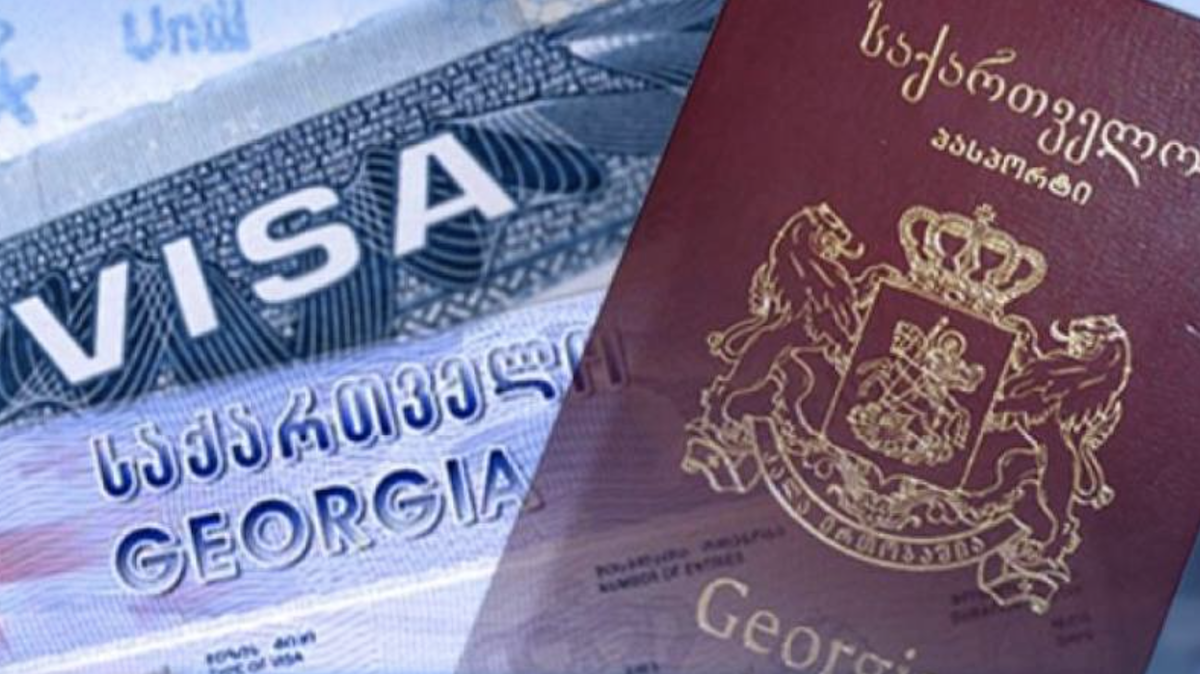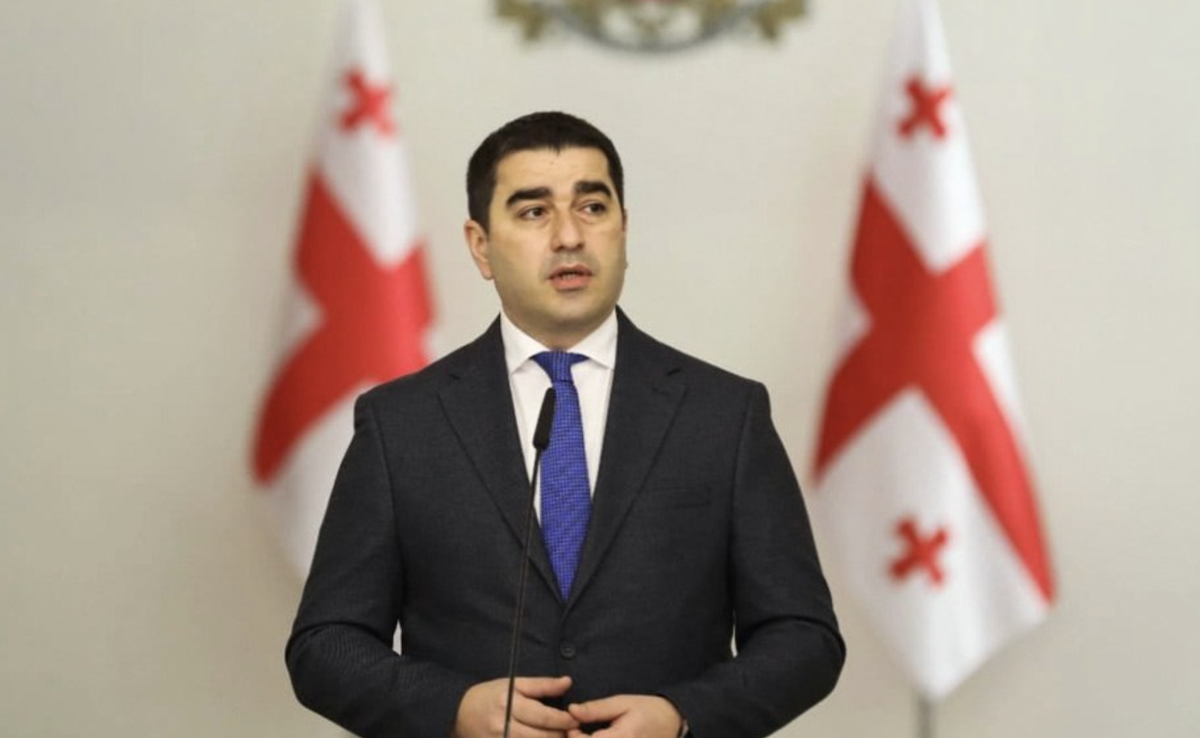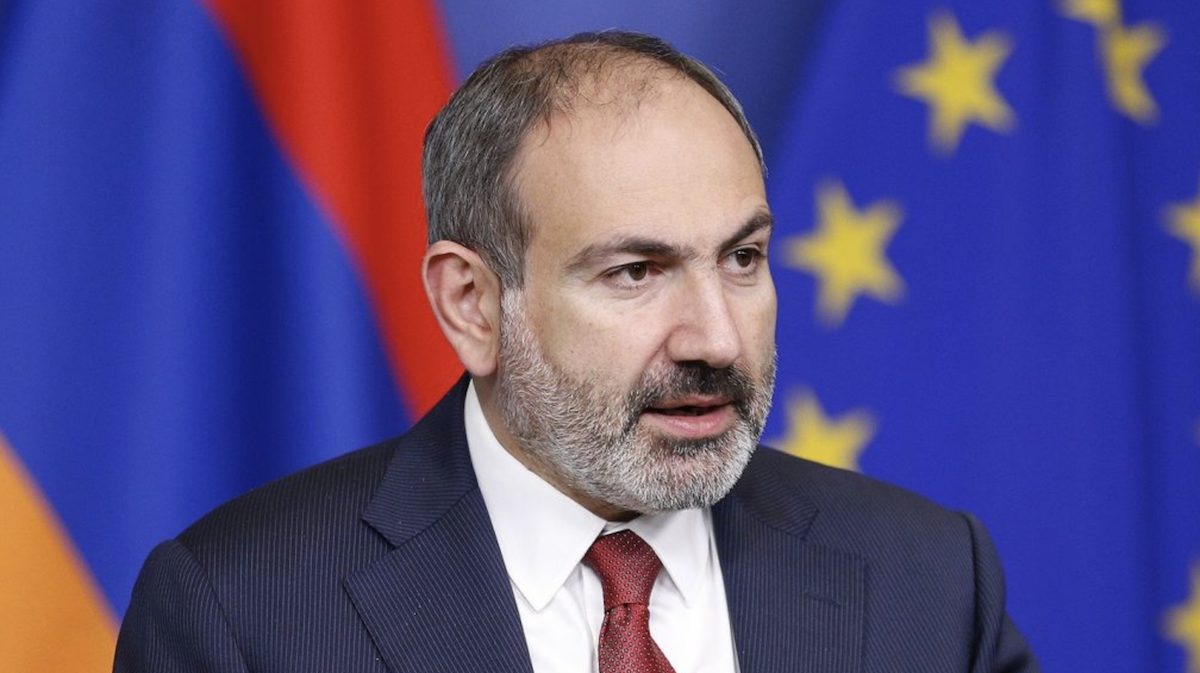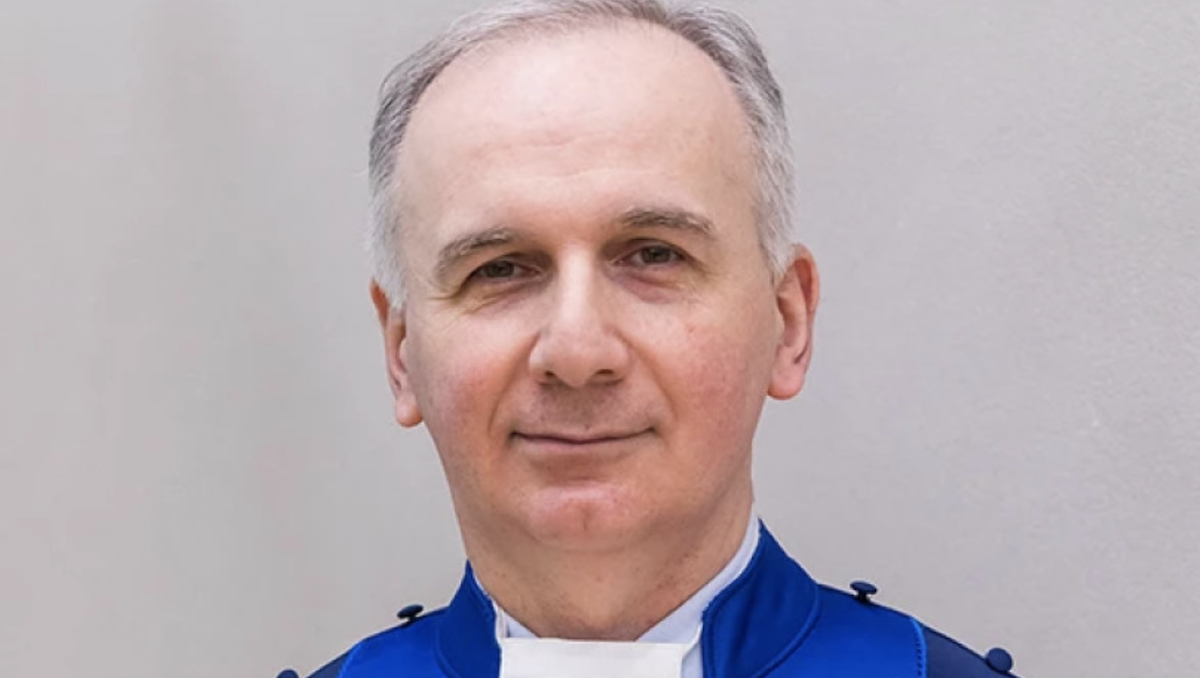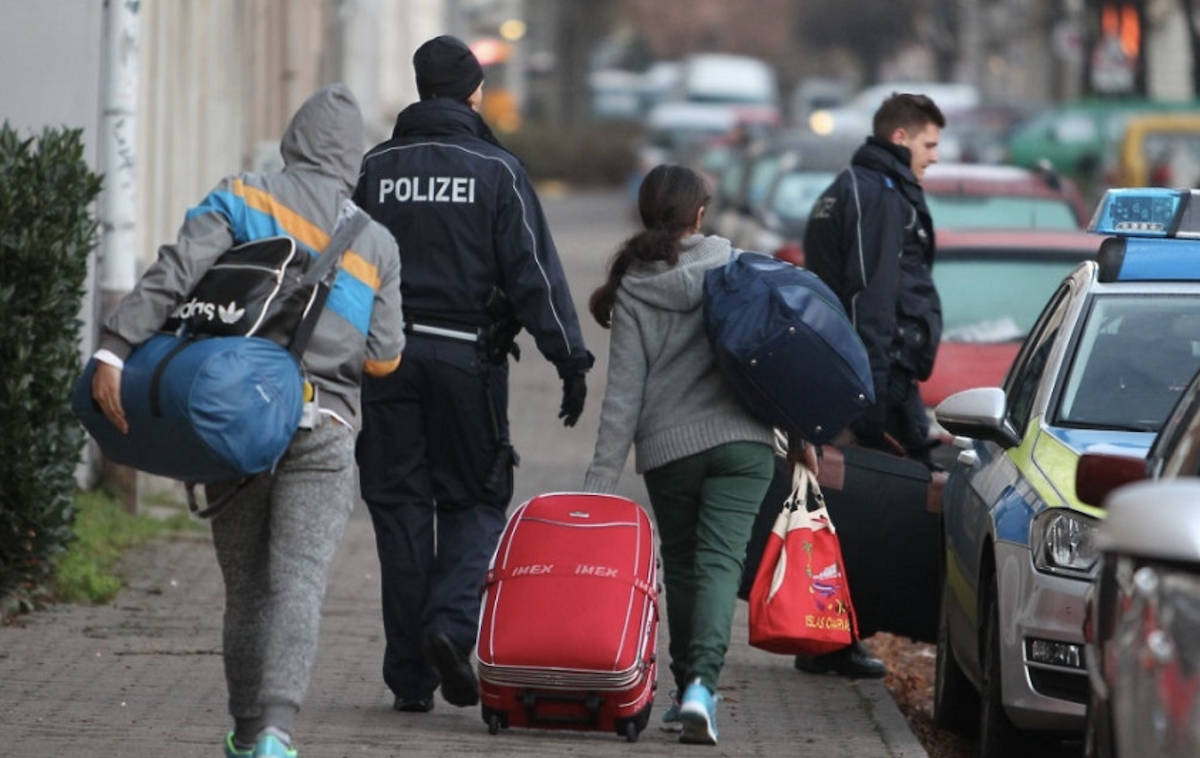Should taxis be allowed to use bus lanes? What does global practice show?
Taxis use bus lanes in Baku
The number of taxis in Baku is rising rapidly, becoming a major factor affecting traffic flow. In an effort to optimise passenger transport, some taxi drivers are demanding permission to use bus lanes.
On 2 April, Baku taxi drivers went on strike.
Elshad Eldarov, head of the Taxi Drivers’ Association, stated that protests will continue if their demands are not met.
One of the key demands was to allow taxis to use bus lanes for picking up and dropping off passengers.
Urbanist and head of the Telegram channel Human-Oriented Cities, Anar Aliyev, commented on the situation.
Experience of European cities: restricted access and quality taxis
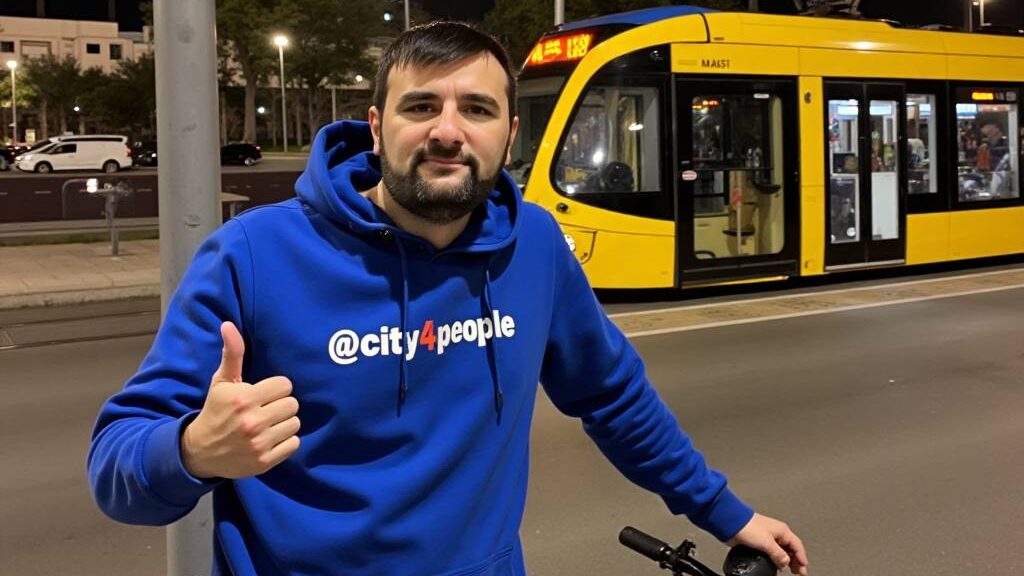
“In many European cities, only specially licensed taxis are allowed to use bus lanes. For instance, in Budapest, public transport is so well developed that people use taxis only in exceptional cases. Moreover, the city operates just 7,000 taxis. By comparison, Baku has over 35,000,” noted Anar Aliyev.
According to him, the fewer taxis there are, the more reasonable it is to allow them into bus lanes, as this does not interfere with public transport and improves passenger comfort.
Tbilisi model: Category “A” taxis
“In nearby Tbilisi, the issue is handled differently. Taxis are divided into categories, and only Category ‘A’ taxis are allowed to drive in bus lanes. These vehicles meet specific standards and are more expensive, comfortable, and faster,” explains Anar Aliyev.
In his view, this approach could be adapted for Baku.
“For the system to work effectively, taxi licences must be limited. Since 2023, Tbilisi has stopped issuing new Category ‘A’ licences. A similar model is used in New York, where new licences are no longer issued—only existing ones are transferred,” he added.
Russian approach: taxis at bus stops
In Russia, taxis are allowed to pick up and drop off passengers at bus stops, provided that it does not obstruct public transport.
Which model suits Baku?
According to Anar Aliyev, given Baku’s transport challenges, the Tbilisi model is more suitable. This means that only taxis meeting certain quality standards should be granted access to bus lanes.
To implement this, the following steps could be taken:
- Categorise taxis into different classes;
- Limit the number of Category “A” licences;
- Issue permits only to high-quality taxis;
- Clearly define pick-up and drop-off rules.
“This approach would help regulate the taxi market while preserving the efficiency of public transport. For this system to be successfully introduced in Baku, legislative changes and clear quality standards are essential,” Aliyev stressed.















